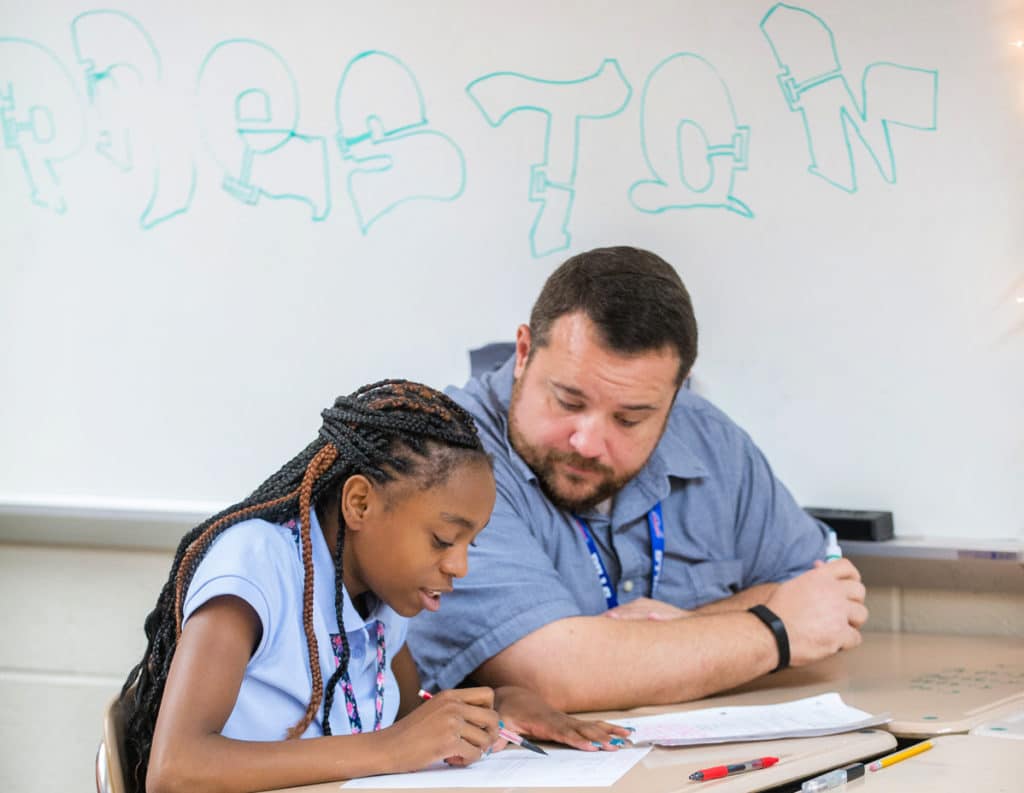
Imagine walking into a family member’s home and seeing your photograph on the mantel, or being in class and hearing your professor use a cultural reference you connect with. These experiences make us feel like valued members of a community. This is the way students feel when they see images of themselves and their cultural references on our classroom walls and in the curriculum.
The fifth guiding principle of Responsive Classroom states, “What we know and believe about our students—individually, culturally, developmentally—informs our expectations, reactions, and attitudes about those students.” I would add that how we use that knowledge can have a huge impact on students’ learning. By using what we know about our students culturally to craft impactful lessons, we can foster an inclusive learning environment that enhances students’ sense of belonging and significance and leads to higher levels of engagement. The following are strategies for strengthening cultural connections in your classroom.

The first step in honoring students’ cultural references is learning about them. Being curious about students’ cultures and allowing them and their families to share this information can inform our lesson planning, improve teacher-student communication, and get us thinking about how we want our classrooms to look and feel. Some considerations that can help us truly know our students are:
In the Responsive Classroom approach, teachers organize the classroom in ways that are inclusive and representative of all members of the class. In doing so, they demonstrate empathy and consideration of the individual, cultural, and developmental needs of all students. As you consider ways to make your classroom feel welcoming to a diverse group of students, think about how you might display:
Representing our students’ diverse identities in the classroom is a start to being culturally responsive, but it is also important to look for ways that our students’ cultural references can enhance academic instruction and boost achievement. We know that as students grapple with new content, it’s easier for them to make sense of it if they have experiences to connect it to. With this in mind:
Written by Deanna Ross, Responsive Classroom Consulting Teacher, and Educational Consultant and Coach